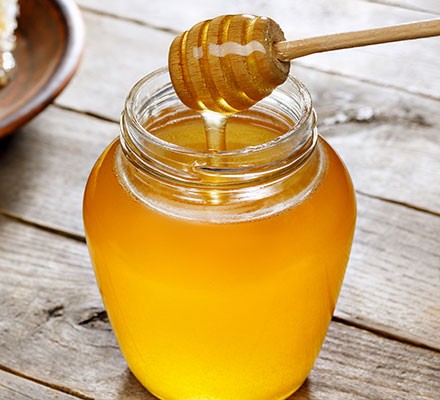LOOK FOR IMPURITIES
Beekeepers might remove large chunks of wax or debris when they harvest honey from the hive; however, they don’t filter the nectar to strip it of its beneficial properties. With that in mind, you can expect to see small impurities in raw honey. These extra specks, whether they’re bits of pollen or beeswax, add to the health benefits of honey. On the other hand, fake honey will be completely clear of specks with a consistent color. While the clear appearance might be more appealing to the eye, your honey should have small bits of nature in it.

DOES IT CRYSTALLIZE?
Because of the high sugar content and low water content, raw honey tends to crystallize after some time. This crystallization is a completely natural phenomenon, and it proves your honey is real. Fake honey doesn’t crystallize because it contains more water. Even though it might take a while to see if your honey crystallizes, it’s an excellent test for raw vs. fake honey.
DO THE WATER TEST
The water test is yet another way to tell if your honey is what you think it is. All honey will dissolve in water eventually, but raw honey takes more force. Add a bit of honey to a clear glass of water and watch how long it takes to dissolve. Fake honey will most likely dissolve completely within a minute. On the other hand, raw honey takes much longer to dissolve—in fact, you might have to stir vigorously for a few minutes.
MICROWAVE IT
Raw and fake honey react completely differently when heated. Put a few tablespoons of it in a microwave-safe bowl and heat it for a minute. Real honey will caramelize during this time; however, fake honey will bubble and foam. This heat test is one of the best to determine the purity and quality of your honey.
